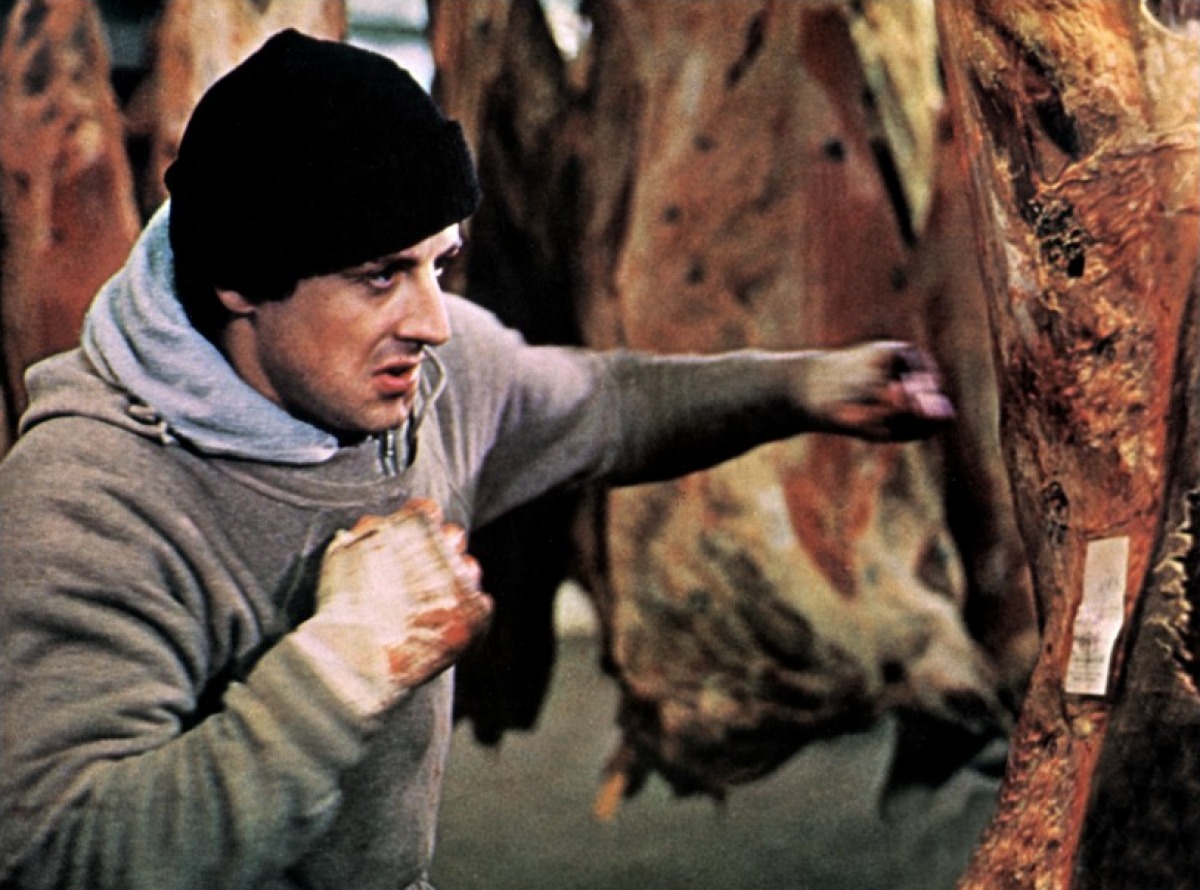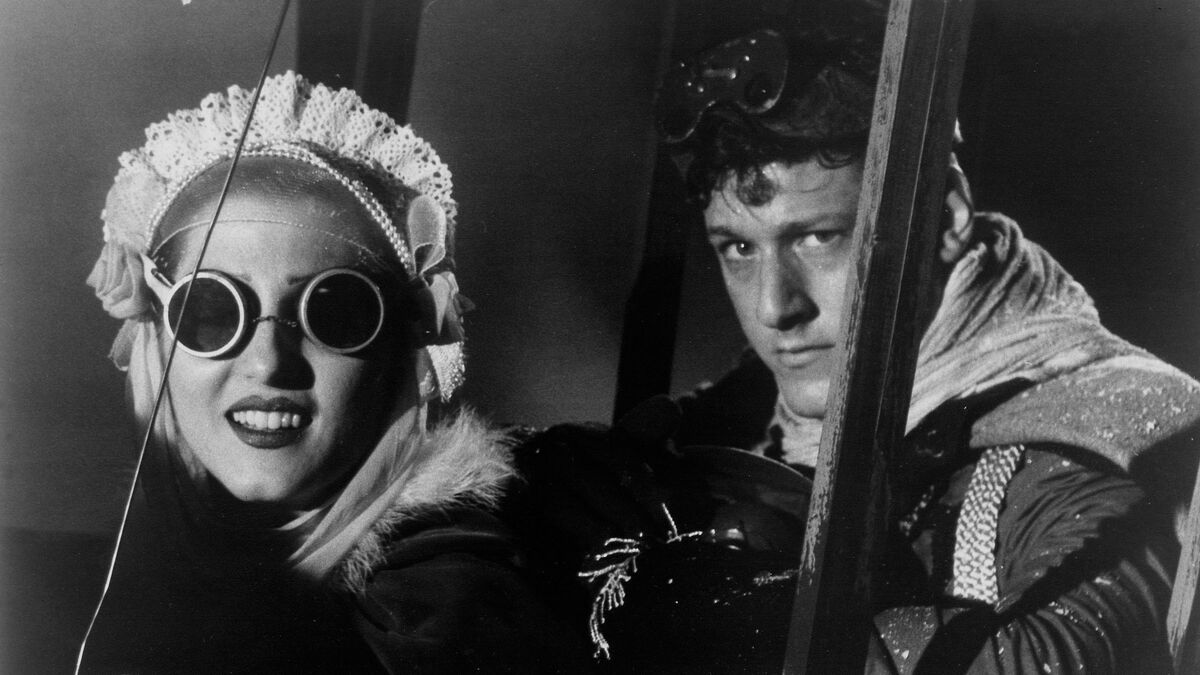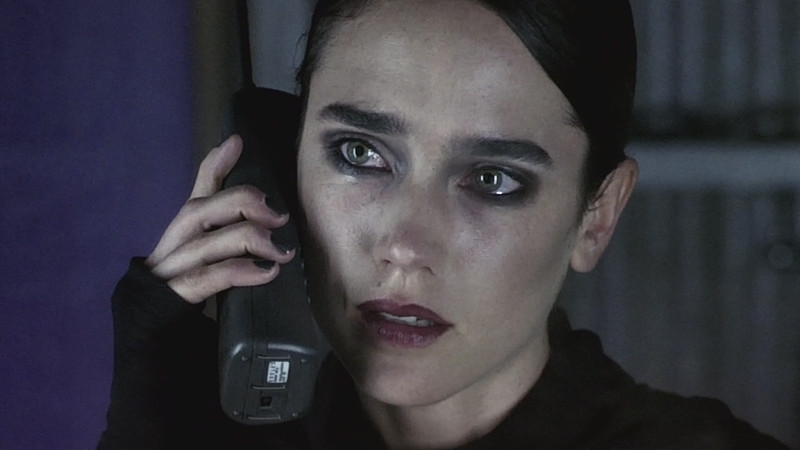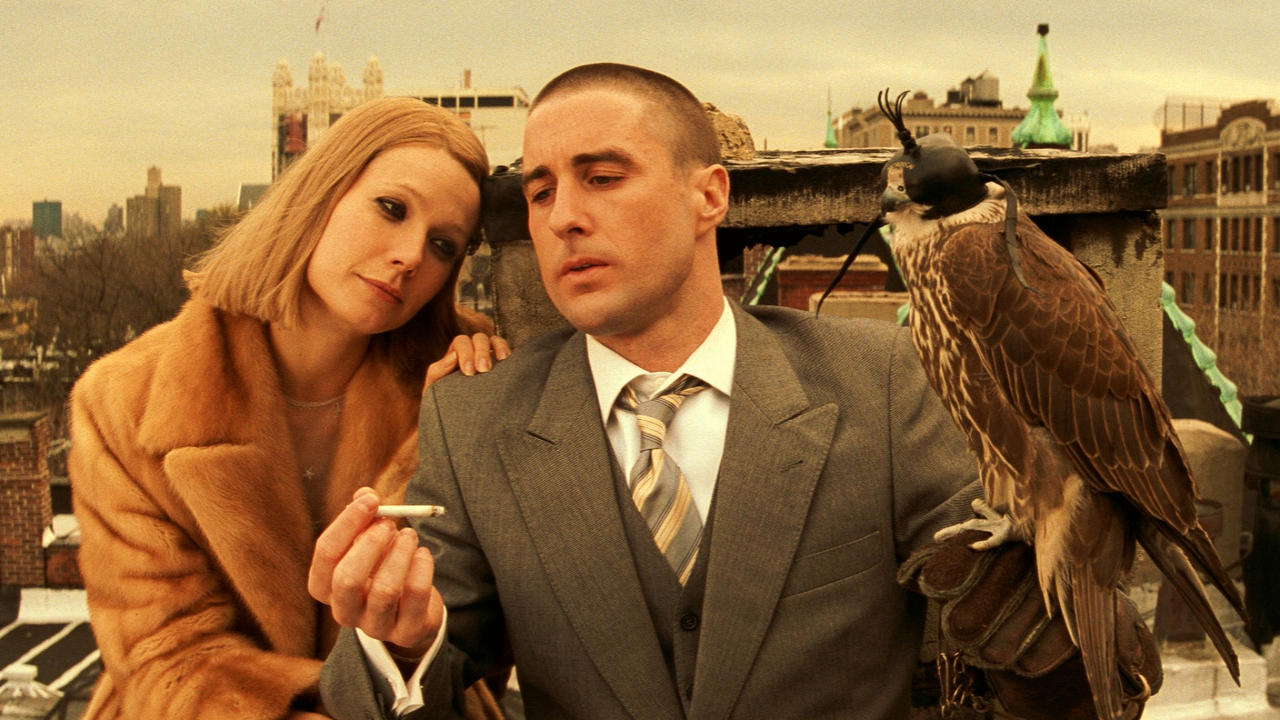6. Rocky (1976)

Beautifully parodied in Team America: World Police (2004), the training montage has become a staple of Hollywood film. The Team America song explains: “Show a lot of things happening at once/Remind everyone of what’s going on/And with every shot, show a little improvement/To show it all would take too long/That’s called a montage.” But all this began with Rocky, as he ran, boxed, and did push ups in his iconic grey sweatsuit in the working-class neighborhoods of Philadelphia to the Bill Conti’s classic song “Gonna Fly Now.”
The scene certainly reinforces the ideology of the American Dream, that working hard is all it takes to transcend poverty, but, damn, if it isn’t inspirational when Sylvester Stallone runs up the steps to the Philadelphia Museum of Art and triumphantly raises his arms as he looks over the city. Though not as avant-garde as other examples on this list, the training montage collapses time and uses the juxtaposition of shots to create a meaning greater than its parts to signify determination, endurance, and self-improvement. Clever filmmaking like this helped make Rocky an unexpected hit and classic of American film.
7. Archangel (1990)

Canadian auteur Guy Maddin, who’s currently enjoying a showcase on the Criterion Channel, wears his silent film influences on his sleeve and his love of early Soviet film and montage is no exception. His film Archangel (taken from the Angelicized name of the Russian town Arkhangelsk) tells a surreal tale of love in the midst of World War I.
The film begins with a montage while a narrator muses on the nature of love amidst images of families (parents, babies, children, and a dog), then lovers, before turning to the destructive power of “self-love” and pride over images of war and destruction (fire, military helmets, a painting being knifed), and finally a firing squad shooting at a young boy. With this montage, Maddin gestures to his influences, namely Sergei Eisenstein, while also setting the surreal but still serious tone of this one-of-a-kind film.
8. Requiem for a Dream (2000)

Darren Aronofsky’s seminal film shows off what he called “hip hop montage,” in which rhythm compliments the juxtaposition. As his characters take drugs, Aronofsky rapidly cuts between extreme close ups: a pupil dilating, cells expanding, a wrist flexing, a pill bottle opening, a lighter flicking, a syringe filling, etc.
This use of emotional montage simulates the rush of drugs for viewers who probably haven’t experienced it, with in-your-face visuals that are both terrifying and exhilarating. Though this editing is much more artsy than your typical Hollywood film, this rapid-pace editing would also become more common at the turn of the millennium with the popularity of films like The Bourne Identity (2002).
9. The Royal Tenenbaums (2001)

In his first major hit, Wes Anderson used a variety of editing techniques along with his idiosyncratic mise-en-scene to tell the story of a talented but dysfunctional family. A fun montage can be found when Raleigh St. Clair (Bill Murray) views a private investigator’s file on his wife Margot (Gwenyth Paltrow) and her flamboyant past. Short chronological shots show her smoking at twelve-years-old, escaping a boarding school at fourteen, and then a string of lovers from Paris to Papua New Guinea. However, the better montage occurs at the end of the film when Richie Tenenbaum (Luke Wilson) attempts suicide.
Beginning with a series of jump cuts as Richie methodically cuts his hair and trims his beard, the scene transitions to a montage of his last fleeting thoughts (his hawk, his childhood self, his mother holding a birthday cake, and finally Margot slowly walking towards him) as he slashes his wrists. All set to Elliot Smith’s haunting song, “Needle in the Hay,” the scene conveys Richie’s emotions and motivations for his terrible actions. Similar to Dulac, Anderson masterfully uses montage for deeper character-building which is crucial in a film with such a large cast and anchors his whimsical story to pathos.
10. Up (2009)

As with Rocky, the beginning montage in Up, in which we see Carl and Ellie’s entire life together, collapses time while still building character and setting up conflict. For various reasons, Carl and Ellie never got to travel despite their dreams of distant adventure. When the montage ends and the story of the film truly begins, Carl is alone and unfulfilled. The brilliance of this montage lies in its simplicity and power.
While simple enough for the target audience of children to understand, the scene is truly affecting and often makes it on lists of saddest moments in Pixar films. Clever storytelling and filmmaking like this makes Pixar films the high-caliber entertainment they are, showing that art and profit are not mutually exclusive.